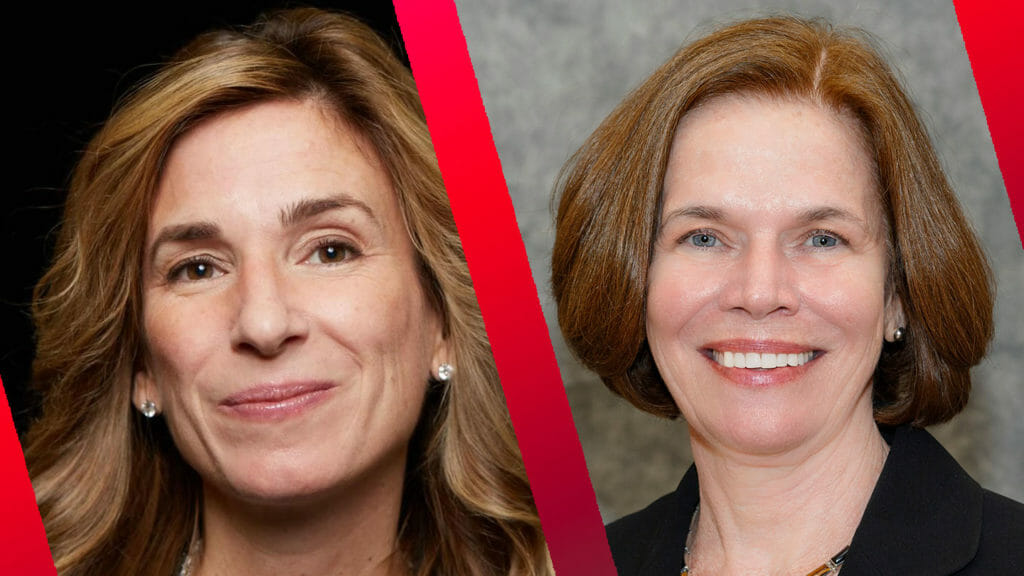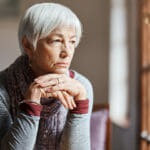

During COVID-19, the trend of “hospital-at-home” was fueled by good intentions to get patients out of the hospital and into a safer setting. But it has resulted in sending some patients home without properly assessing if that home is ready or if an unpaid caregiver is willing and able to provide the required level of care.
Further, the nationwide staffing shortage for health and community-based services is resulting in fewer resources — creating a tenuous situation where unpaid caregivers must step up and provide healthcare for sick loved ones at home. And piling on, unpaid caregivers are already experiencing an intensity of their own as a world full of swirling uncertainty creates an endless obstacle course just to get through the day. It’s time to rethink hospital-at-home to find a safer, more manageable dynamic for families everywhere.
Imagine: A mother is brought to the emergency room experiencing an acute episode of heart failure. Her daughter sits with her, waiting anxiously for the care team to provide an update on her condition. The cardiologist comes in and talks directly to the patient, running her through the discharge process: She should return home for treatment and will be started on IV medications, a nurse will visit daily, and her progress will be monitored by telehealth. The cardiologist asks the patient if she agrees with this plan, and after an affirmative nod he turns to the daughter to ask if she has any questions about her care. There is a glaring omission from this conversation, which is leaving the daughter — the unpaid caregiver — out of the conversation and neglecting to discuss her capacity to contribute to her mother’s care team.
Unpaid caregiver neglect
This is a recurring scenario in the healthcare system, and there’s data that backs this up. In a survey of medical professionals, only 23% said they view unpaid caregivers as part of the care team, while 83% said they should be. We believe there is an opportunity for providers to rethink this process and to empower caregivers as members of the care team to ensure patients are discharged to a care model that works.
Our data show that most caregivers initially want to opt for hospital-at-home, but some changed their minds when asked more questions about the care requirement they would assume. After surveying New Yorkers, our research shows that 56% of caregivers would agree to take a loved one home who had a serious illness instead of admitting them to a skilled nursing facility. But when asked a follow-up question about whether the caregiver was comfortable with managing medications, helping with mobility or other care requirements, 20% of caregivers changed their answer. This “change of heart” does not make caregivers bad people; it makes them honest.
There are many reasons caregivers might change their mind about a loved one’s care. Take the daughter’s story, for instance. The reality is that she works full-time, has two school-aged children and lives a 30-minute drive from her mother, who is otherwise home alone. While she would stop at nothing to be helpful, there are responsibilities that limit her ability to administer medications on time or assist with other care duties. She wants to help and would prefer her mother is at home, but she needs more cues from her care team to help create the safest and most manageable environment for her mother’s recovery.
Hospital-at-home checklist
We believe our healthcare system would benefit from creating a “New Checklist” that medical professionals go through with patients and unpaid caregivers designed to more accurately assess whether a patient is a good candidate for transitioning out of in-patient hospital care. With a more thorough and productive dialogue, patients and their care teams can build and select the best system — for everyone.
Our proposed ‘New Checklist’:
- Ask the patient if they prefer to go home or to another available option.
- In a private conversation with the caregiver, physicians and their teams should explain:
- The responsibilities of care at home (tasks, time requirements, estimated duration of care)
- Home care service options
- Additional costs (that are not covered by insurance)
Ask the caregiver if they (or someone else) are ready and able to take on this job in a way that gives them enough information and space to decide more accurately. This conversation should also set reasonable expectations about the types of home care services that exist and how to access them. Our survey of caregivers in New York found that 70% of individuals who were assessed by the state qualified for home care services. However, 47% of respondents reported that services were never turned on. This means that close to 1 in 2 humans across the state of New York who qualified for home care services never received them.
It comes as no surprise to providers that staffing shortages remain a problem, and at a minimum they should set realistic expectations with care teams about the current availability — or lack thereof — so that caregivers and patients can make the best decisions for their families.
Caregivers serve as a powerful connection between a patient and physician and an integral part of patient care. Recognizing the critical role of caregivers in the care equation, we believe, will ultimately add up to better patient outcomes and more strategic resource utilization helping to alleviate shortages in the healthcare system.
Alexandra Drane is CEO and co-founder of Archangels, a national movement and a platform that is reframing how caregivers are seen, honored and supported. Mary Naylor, PH.D., RN, is the Marian S. Ware Professor in Gerontology and director of the NewCourtland Center for Transitions and Health at the University of Pennsylvania School of Nursing. Becky Preve is executive director for the Association on Aging in New York, a member organization representing the 59 area agencies on aging in New York. Sarah Stephens Winnay is co-founder of Archangels.






